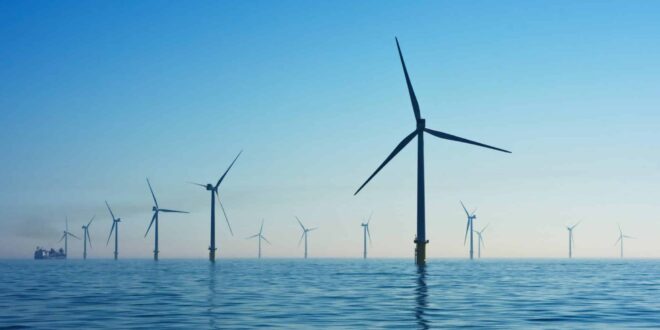The EU’s energy crisis interventions have improved security of supply, but the industry must now focus on growing the bloc’s renewables capacity and expanding its grid infrastructure in a market rife with inflationary pressure, policymakers and power-sector executives said June 20.
“We are experiencing a paradigm shift in energy policy,” EU Energy Commissioner Kadri Simson told delegates at the Eurelectric Power Summit in Brussels, 16 months after Russia’s invasion of Ukraine put a squeeze on EU gas supplies and sent energy prices skyrocketing.
With REPowerEU, the energy independence strategy implemented in response to the war, “we’re decisively moving away from Russian fossil fuels,” Simson said.
Before the war, Russia accounted for about 45% of the EU’s total gas imports and close to 40% of its total gas consumption. Since September 2022, just 8% of the EU’s pipeline gas came from Russia.
REPowerEU, which was first laid out in May 2022, makes the EU more future-proof and crisis-ready, executives agreed. The strategy includes higher targets for wind and solar deployment.
“The best insurance policy we can get toward never having those extremely spiking prices is to roll out renewables,” Mads Nipper, CEO of Denmark’s Orsted, told the conference, which was organized by Europe’s main utility association Eurelectric.
The REPowerEU plan also bolsters Europe’s energy independence, making it less reliant on imports from outside of Europe.
“In the new balance of power, homegrown electricity is industrial power, is political power,” said Kristian Ruby, Eurelectric’s secretary-general. “And let’s be clear: electricity needs to be reliable. That means renewables but it also means a system that can integrate renewables.”
Electricity market reform
As industry participants gathered in Brussels, EU energy ministers were in Luxembourg negotiating revisions to the bloc’s electricity market design. The talks ended without an agreement.
Europe’s existing market design “has served us very, very well over decades,” Ditte Juul Jorgensen, director-general for energy at the European Commission, said at the conference, adding that it has provided energy security and that EU member states had benefitted from the continent’s interconnectedness.
“The common electricity market and the way it is designed has made sure that the electrons go where they are needed,” Jorgensen said.
Still, the lawmaker acknowledged some areas of the market can be strengthened, such as shielding retail consumers from short-term volatility.
Central to the European Commission’s reform is a push toward long-term power contracts, such as contracts for difference or power purchase agreements — a key stumbling block in the failed ministerial negotiations.
While the European Council did agree on changes to the “REMIT” market transparency regulation, the remaining parts of the reform are due to be agreed upon at a later stage.
The commission will be hoping to get the market design reforms, as well as the Net-Zero Industry Act, over the line before the European Parliament elections in June 2024, according to Peter Mandelson, co-founder and chairman of strategic advisory firm Global Counsel and a former UK politician.
Failing to do so would be a “considerable blow, not least to [the commission’s] own credibility,” Mandelson said.
Growing grids, cost of capital
A key obstacle in the rollout of renewables in the EU is the bloc’s aging grid infrastructure, the expansion of which must be prioritized, policymakers and executives said in Brussels.
By 2030, half of Europe’s low-voltage lines will be over 40 years old, well past the midpoint of their lifespan, according to Eurelectric.
“If we’re to deliver secure energy and net-zero we need an enormous expansion of electricity generation capacity while building out an enormous amount of grid infrastructure,” said Michael Lewis, newly appointed CEO of Uniper, the embattled German gas group now owned by the country’s government.
But grids have become “the new permitting, the new bottleneck,” according to Leonhard Birnbaum, CEO of German utility E.ON. Developers talk about grid connection queues being “swamped” in multiple European markets.
The expansion is further complicated by “an environment where capital [has become] much more expensive in a short period of time,” said Birnbaum, who was recently named president of Eurelectric.
Renewable energy developers continue to experience difficulties with projects due to the rising cost of finance and capital expenditure.
The cost of offshore wind projects has gone up 20% to 40% since Russia’s invasion, Sven Utermöhlen, RWE’s offshore wind CEO, said at the Global Offshore Wind conference in London on June 14.
“The fuel of renewable energy is capital,” Orsted’s Nipper said at the Eurelectric conference. The developer is battling against rising capital costs on several of its offshore wind projects in Europe and the US.
As the cost of capital increases, “the entire value creation goes away even before you count inflation,” Nipper said.

 Iran Energy News Oil, Gas, Petrochemical and Energy Field Specialized Channel
Iran Energy News Oil, Gas, Petrochemical and Energy Field Specialized Channel



